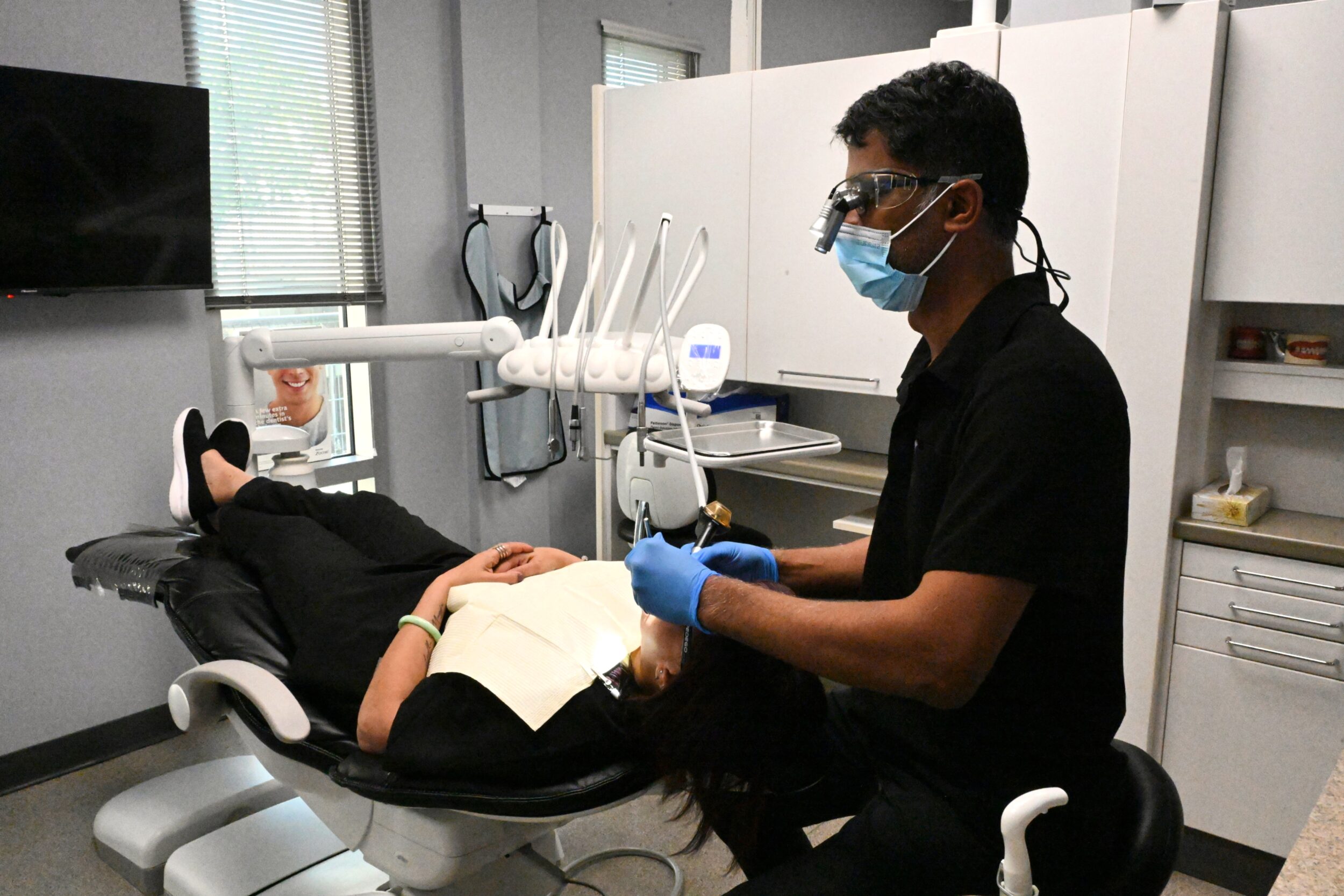What is an Orthodontist in Calgary, AB
In much the same way that doctors choose to specialize in particular areas such as cardiology and neurology, dentists can also choose to specialize in specific areas as well. As a dental specialty, orthodontics is concerned with the prevention, diagnosis, and treatment of dental and facial irregularities, including malocclusions (bad bites). Despite the fact that many orthodontic practices specialize in dentofacial orthopedics and general orthodontics, they are capable of treating patients of any age successfully.
It is important to remember that orthodontists are fully qualified dentists who complete a further three years of supervised study at a university, in addition to gaining extensive clinical experience in an orthodontic residency program.

In what capacity do orthodontists practice?
Orthodontists specialize in the correction of misalignments of teeth and jaws. Misalignment can result in a wide range of problems, such as speech difficulties, difficulty chewing, and difficulty maintaining adequate oral hygiene.
An orthodontist can successfully treat the following issues:
- Anteroposterior deviations
A common example of anteroposterior deviation is an underbite, where the lower teeth are positioned further forward than the upper teeth, and an overbite, where the upper teeth are positioned further forward than the lower teeth. There can be problems with chewing and articulating because of both of these deviations. - Overcrowding
Overcrowding is one of the most common problems orthodontists treat on a daily basis. In some cases, adult teeth cannot erupt in alignment with existing teeth due to a lack of jawbone space. Unobtrusive devices and treatments are used by the orthodontist to realign the teeth. - Aesthetic issues
Malocclusions or a bad bite can adversely affect the shape of the entire face. An orthodontist can realign the jaw, lips, and teeth in order to achieve a beautiful, even smile.
What role does an orthodontist play in realigning teeth and jaws?
In the first instance, the orthodontist will conduct a thorough examination of the jaw and teeth. Prior to making treatment recommendations, panoramic x-rays and study models (bite impressions) will be taken. Depending on the patient’s specific condition, the orthodontist will recommend the most appropriate treatment plan.
Listed below are some of the orthodontic treatments that may be used by an orthodontist:
- Dental braces
A combination of brackets (which are attached to each individual tooth) and an archwire (which connects each bracket) is commonly used to gently align teeth. As far as dental braces are concerned, they can be made from metal, ceramic, or clear (“invisible”) materials. - Headgear and face masks
This type of device is usually used in order to correct a developmental problem, such as an overbite or an underbite. The orthodontist will also design the headgear and/or facemask that attach to the braces and fit around the head. A structure such as this will further assist in aligning the teeth and jawbone. - Retainers
After the teeth have been realigned with dental braces or removable devices, the orthodontist may provide a retainer to minimize the possibility that the teeth will begin to move back toward their original positions. In general, retainers are worn until the underlying bone has reformed into the correct position, after which they may be removed.
Our office is happy to answer any questions you may have regarding orthodontists and the treatments they provide.